Hamstring Strain and Injury: Advice From The Experts, Part II
In Part I of this entry, we discussed some of the most effective treatments for chronic hamstring strains and injuries. Despite being pain-free with typical daily activities, many athletes continue to have pain with their sport several months and even years after a hamstring injury....
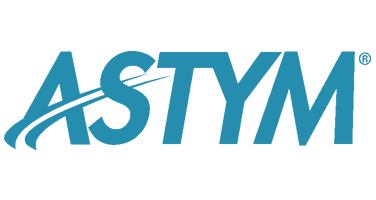




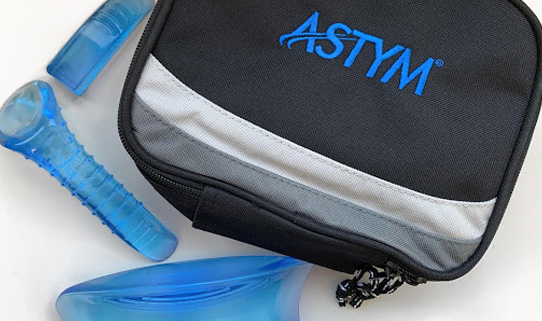
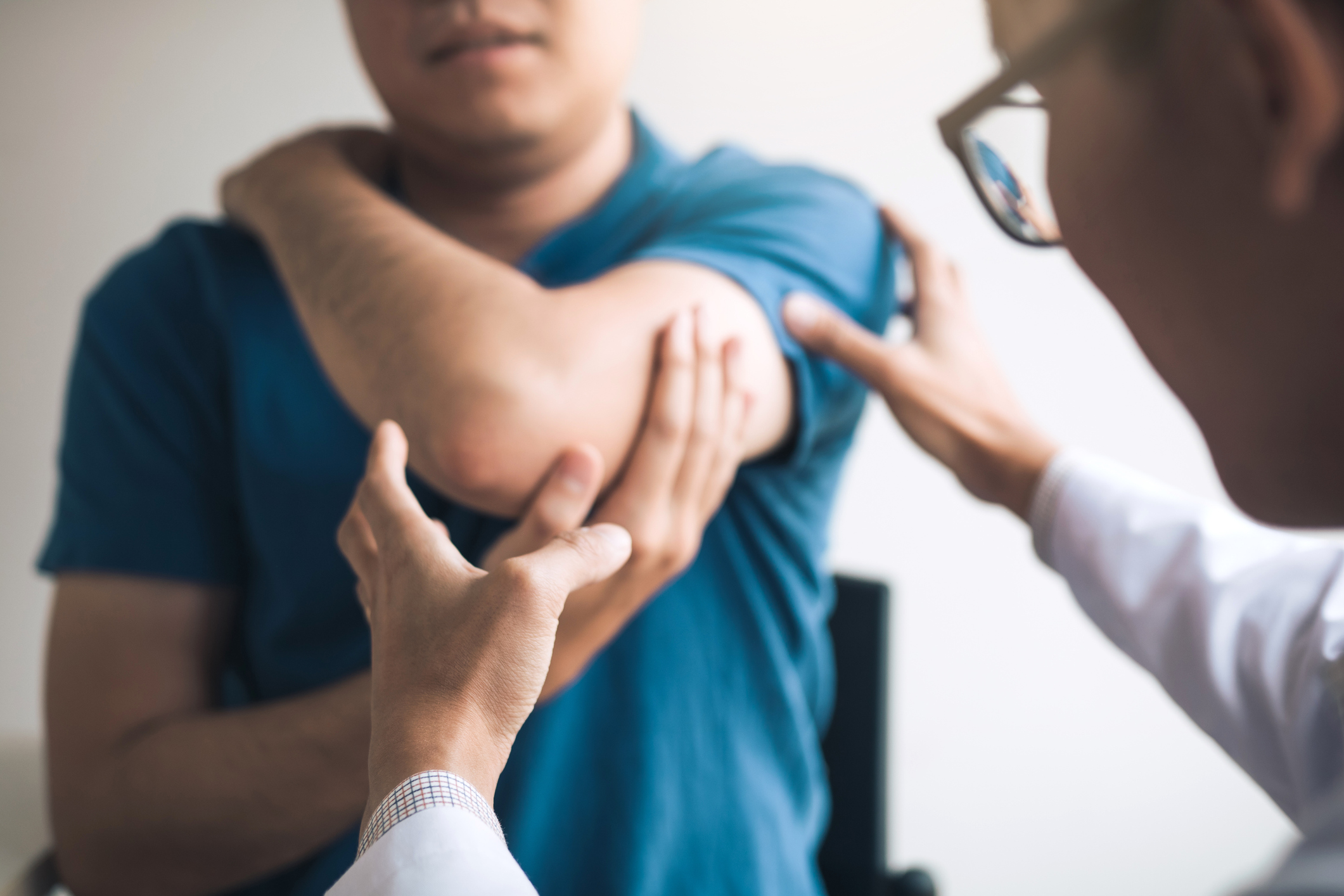

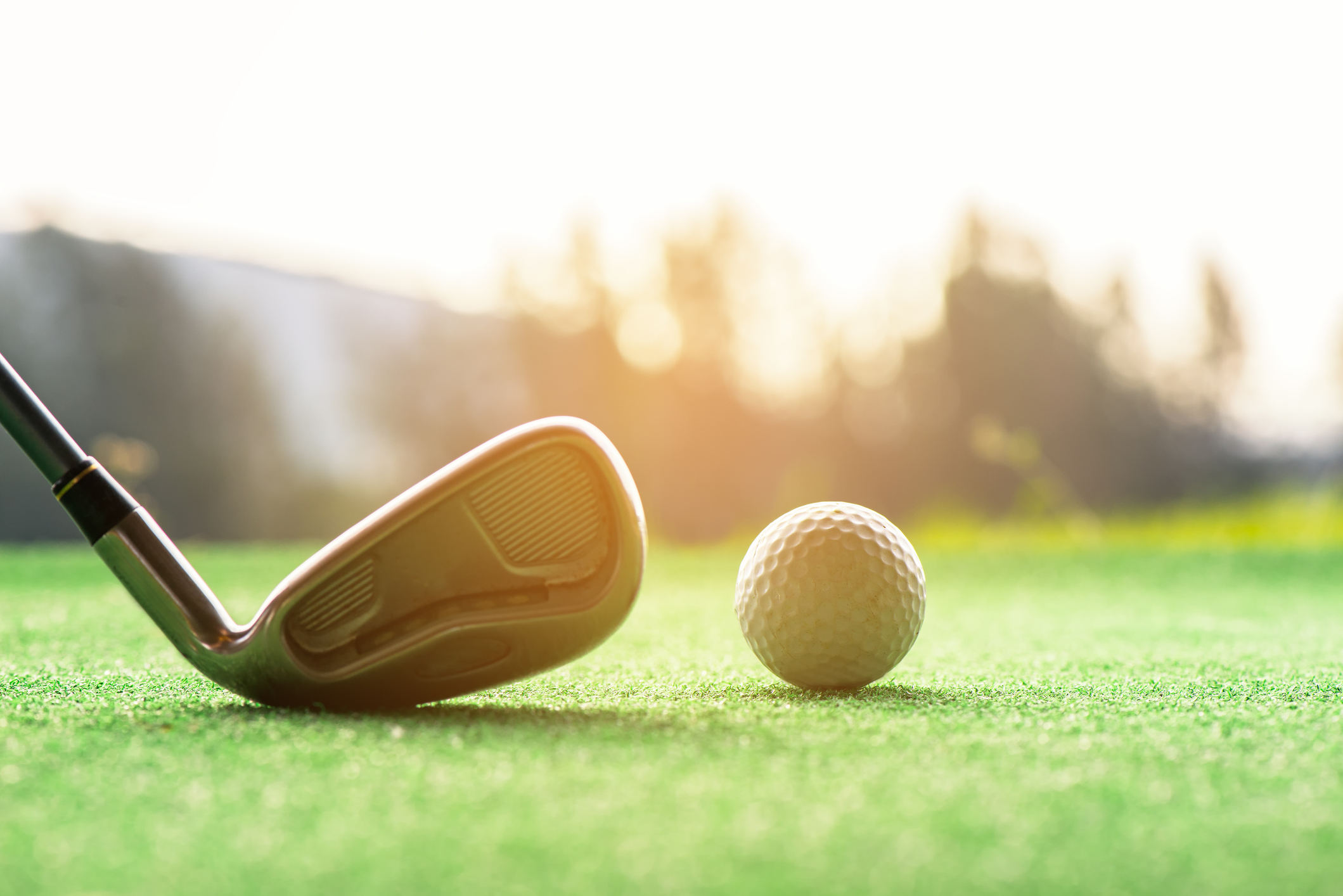
 Dr. Timothy W. Flynn, PT, PhD
Dr. Flynn is board certified in Orthopaedic Physical Therapy (OCS), a Fellow of the American Academy of Orthopaedic Manual Physical Therapists (FAAOMPT), and a frequent research presenter at state, national, and international meetings. Dr. Flynn is widely published including 5 textbooks, 6 book chapters, over 50 peer-reviewed manuscripts on orthopaedics, biomechanics, and manual therapy issues. He was the editor and author of The Thoracic Spine and Ribcage - Musculoskeletal Evaluation & Treatment and The Users' Guides to the Musculoskeletal Examination, and the author of 3 educational CD-ROMs on Orthopaedic Manual Physical Therapy. Dr. Flynn has received numerous research grants. Awards include the James A. Gould Excellence in Teaching Orthopaedic Physical Therapy, the Steven J. Rose Excellence in Research (twice), the AAOMPT Outstanding Research Award (twice), and the Distinguished Alumnus- Marquette University Program in Physical Therapy. Dr. Flynn continues to maintain an active research agenda in the areas of spinal and extremity manipulation, low back disorders, characterization of spinal instability, and the development of clinical prediction rules.
Dr. Flynn is an expert clinician who is dedicated to providing the highest quality care possible. His primary clientele is made up of individuals suffering from low back pain, chronic spinal disorders, failed back surgeries, and chronic pain disorders. Dr. Flynn's clinical expertise is frequently sought by national and international clients. He is on the executive board of
Dr. Timothy W. Flynn, PT, PhD
Dr. Flynn is board certified in Orthopaedic Physical Therapy (OCS), a Fellow of the American Academy of Orthopaedic Manual Physical Therapists (FAAOMPT), and a frequent research presenter at state, national, and international meetings. Dr. Flynn is widely published including 5 textbooks, 6 book chapters, over 50 peer-reviewed manuscripts on orthopaedics, biomechanics, and manual therapy issues. He was the editor and author of The Thoracic Spine and Ribcage - Musculoskeletal Evaluation & Treatment and The Users' Guides to the Musculoskeletal Examination, and the author of 3 educational CD-ROMs on Orthopaedic Manual Physical Therapy. Dr. Flynn has received numerous research grants. Awards include the James A. Gould Excellence in Teaching Orthopaedic Physical Therapy, the Steven J. Rose Excellence in Research (twice), the AAOMPT Outstanding Research Award (twice), and the Distinguished Alumnus- Marquette University Program in Physical Therapy. Dr. Flynn continues to maintain an active research agenda in the areas of spinal and extremity manipulation, low back disorders, characterization of spinal instability, and the development of clinical prediction rules.
Dr. Flynn is an expert clinician who is dedicated to providing the highest quality care possible. His primary clientele is made up of individuals suffering from low back pain, chronic spinal disorders, failed back surgeries, and chronic pain disorders. Dr. Flynn's clinical expertise is frequently sought by national and international clients. He is on the executive board of 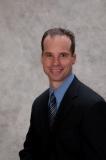 Dr. Terry Gebhardt, PT, DPT
Dr. Gebhardt completed his Master of Physical Therapy at the U.S. Army-Baylor University Graduate Program in 1998. During Dr. Gebhardt's 7 years of physical therapy practice in the Army he specialized in treating a broad range of musculoskeletal injuries. He has worked extensively with injury prevention initiatives and has been a leader in the development of training programs designed to maximize fitness while preventing injury. Dr. Gebhardt relocated to Colorado in 2004 to complete his Doctorate of Physical Therapy degree and Fellowship in Manual Therapy at Regis University. His areas of clinical expertise and interest include spine and sports rehabilitation where he incorporates his passion for fitness with physical therapy.
Dr. Gebhardt is an avid back country skier and ultramarathoner. He is a member of the American Physical Therapy Association (APTA), American Academy of Orthopaedic Manual Physical Therapists (AAOMPT) and a Certified Strength and Conditioning Specialist (CSCS). He has also published research in the Journal of Orthopaedic and Sports Physical Therapy and is currently active in clinical research.
Dr. Terry Gebhardt, PT, DPT
Dr. Gebhardt completed his Master of Physical Therapy at the U.S. Army-Baylor University Graduate Program in 1998. During Dr. Gebhardt's 7 years of physical therapy practice in the Army he specialized in treating a broad range of musculoskeletal injuries. He has worked extensively with injury prevention initiatives and has been a leader in the development of training programs designed to maximize fitness while preventing injury. Dr. Gebhardt relocated to Colorado in 2004 to complete his Doctorate of Physical Therapy degree and Fellowship in Manual Therapy at Regis University. His areas of clinical expertise and interest include spine and sports rehabilitation where he incorporates his passion for fitness with physical therapy.
Dr. Gebhardt is an avid back country skier and ultramarathoner. He is a member of the American Physical Therapy Association (APTA), American Academy of Orthopaedic Manual Physical Therapists (AAOMPT) and a Certified Strength and Conditioning Specialist (CSCS). He has also published research in the Journal of Orthopaedic and Sports Physical Therapy and is currently active in clinical research. 

